Home>Others>Specialized Home Improvement Topics>What To Do After Tinting Car Windows
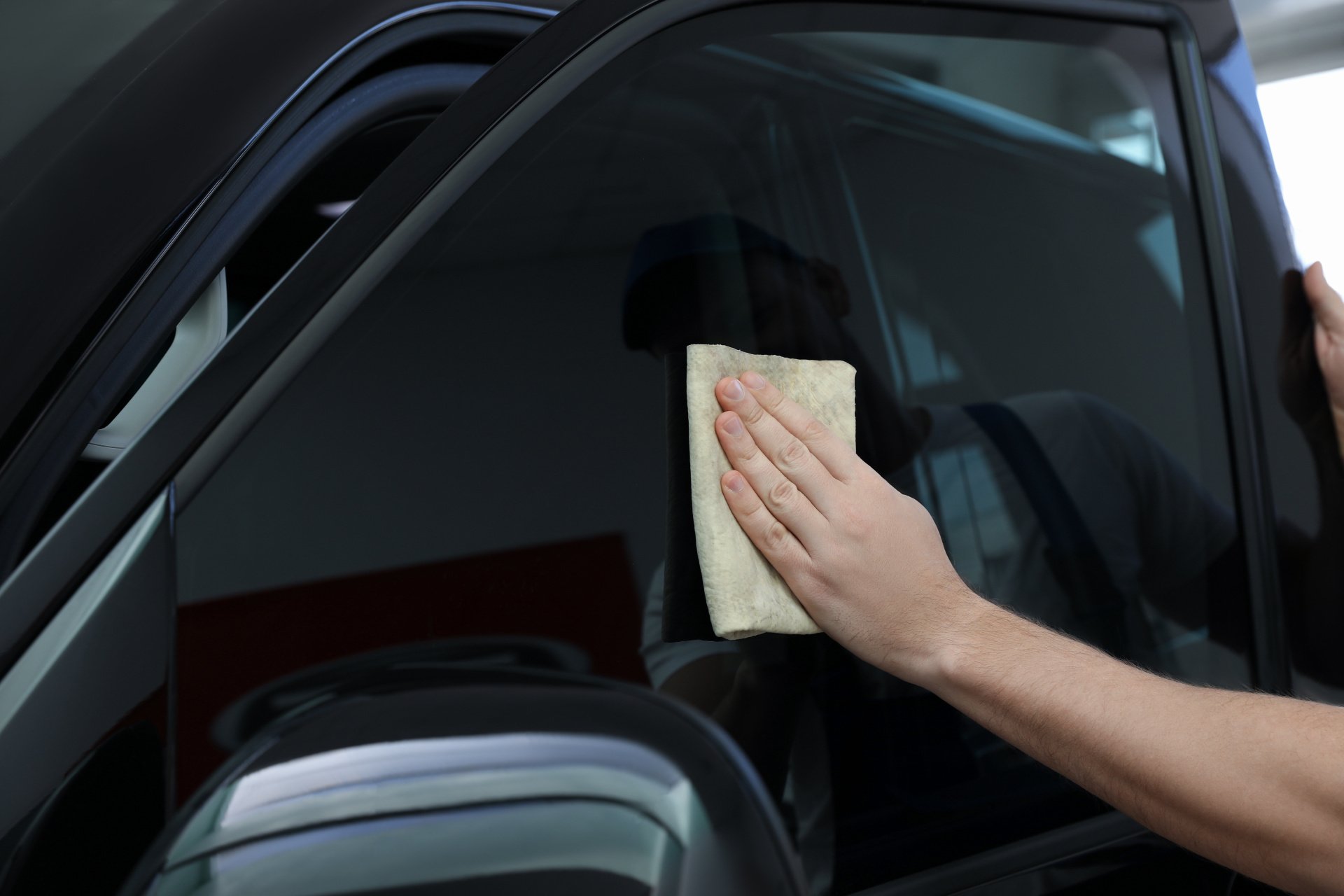

Specialized Home Improvement Topics
What To Do After Tinting Car Windows
Published: January 7, 2024
Discover the essential steps to take after tinting your car windows. Get expert tips on specialized home improvement topics to ensure a successful tinting experience.
(Many of the links in this article redirect to a specific reviewed product. Your purchase of these products through affiliate links helps to generate commission for Storables.com, at no extra cost. Learn more)
Introduction
So, you've just had your car windows tinted, and you're excited about the enhanced privacy, reduced glare, and sleek appearance it provides. However, the work doesn't end once the tinting process is complete. It's essential to take proper care of your newly tinted windows to ensure they remain in top condition for years to come. From understanding the tinting process to adhering to legal considerations and implementing effective maintenance tips, there's a lot to consider. This article will guide you through the essential steps to take after tinting your car windows, ensuring that you make the most of this valuable investment. Let's delve into the details to ensure your tinted windows continue to enhance your driving experience for the long haul.
Key Takeaways:
- Proper care and maintenance of newly tinted car windows is crucial for long-term enjoyment. Understanding the tinting process, adhering to legal regulations, and implementing effective maintenance tips are essential for preserving the investment in window tinting.
- By following post-tinting care guidelines, you can ensure that your tinted windows continue to provide privacy, reduce glare, and enhance the appearance of your vehicle for years to come. Adhering to legal considerations and implementing proactive maintenance measures are key to maximizing the benefits of window tinting.
Read more: What Is The Best Tint For Car Windows
Understanding the Tinting Process
Before diving into post-tinting care, it's crucial to understand the tinting process itself. Window tinting involves applying a thin, transparent film to the interior of the car windows. This film is designed to block out a certain amount of sunlight, reducing glare and heat inside the vehicle while providing privacy for the occupants.
There are different types of window tinting films, each with unique characteristics. Dyed film, for instance, is known for its ability to absorb solar heat, while metalized film offers excellent heat rejection and durability. Meanwhile, carbon film is valued for its non-reflective appearance and superior heat resistance, and ceramic film is renowned for its high heat rejection and clarity.
Understanding the type of tinting film used on your windows is crucial, as it can influence the care and maintenance required. For instance, while dyed films are more prone to fading over time, ceramic films are highly resistant to discoloration and maintain their clarity for years.
Moreover, the curing process of the tinting film is an important aspect to consider. After installation, the adhesive used to affix the film to the window needs time to cure fully. During this period, it's essential to avoid rolling down the windows or cleaning them to allow the adhesive to set properly.
By comprehending the intricacies of the tinting process and the characteristics of the specific film used, you can better appreciate the care and maintenance required to preserve the functionality and aesthetic appeal of your newly tinted windows.
Caring for Newly Tinted Windows
After investing in window tinting, it's crucial to take proactive steps to ensure the longevity of the tint and the overall appearance of your car's windows. Here are some essential tips for caring for newly tinted windows:
- Initial Drying Period: Following the installation of the tinting film, there is a curing period during which the adhesive needs to set. It's important to keep the windows closed for a few days to allow the film to adhere properly. Avoid rolling down the windows during this time to prevent any disturbance to the curing process.
- Cleaning Techniques: When cleaning your tinted windows, it's vital to use gentle, ammonia-free cleaning solutions and soft, non-abrasive cloths. Ammonia-based cleaners can cause the tint to degrade over time, leading to discoloration and bubbling. Microfiber cloths or squeegees are ideal for cleaning, as they are gentle on the tinted surface.
- Patience is Key: After the initial drying period, it's advisable to wait at least a week before cleaning the interior of the windows. This allows the tint to fully cure and ensures that the adhesive has set properly, reducing the risk of damage during cleaning.
- Maintaining the Tint: Regular maintenance is essential for preserving the appearance and functionality of the tint. Avoid using sharp objects or abrasive materials near the windows, as these can scratch or damage the film. Additionally, be mindful of pets with sharp claws, as they can inadvertently cause damage to the tinted surface.
- Protecting Against UV Rays: While tinted windows provide some level of UV protection, it's beneficial to use sunshades or park in shaded areas whenever possible. This helps minimize direct sun exposure, further protecting the tint from potential degradation and extending its lifespan.
By following these guidelines and being mindful of the unique properties of tinted windows, you can effectively care for and maintain the appearance and functionality of your newly tinted car windows. This proactive approach will ensure that your investment in window tinting continues to enhance your driving experience for years to come.
After tinting car windows, wait at least 2-3 days before rolling them down to allow the tint to fully adhere. This will prevent any peeling or bubbling.
Legal Considerations
When it comes to window tinting, it’s essential to be aware of the legal regulations governing tinted windows in your area. These regulations vary by region and are in place to ensure safety and visibility for both drivers and law enforcement. Here are some key legal considerations to keep in mind:
- Tinting Laws: Familiarize yourself with the specific tinting laws and regulations in your state or country. These laws typically dictate the allowable percentage of light transmission for tinted windows, which determines how dark the tint can be. Additionally, some areas have restrictions on the degree of reflectivity allowed in tinted windows.
- Compliance and Enforcement: Understanding and adhering to tinting laws is crucial to avoid potential fines or legal complications. Law enforcement officers have tools to measure tint darkness and may conduct inspections to ensure compliance with regulations. Non-compliance can result in citations and the requirement to remove or adjust the tint to meet legal standards.
- Exemptions and Medical Tinting: Some regions provide exemptions for medical conditions that require increased protection from sunlight, allowing for darker tints on specific windows. It’s important to research and understand any provisions for medical exemptions if applicable to your situation.
- Professional Guidance: Consulting with reputable window tinting professionals who are well-versed in local regulations can provide valuable insights. They can ensure that the tinting process aligns with legal requirements and help you navigate any nuances or exemptions that may apply.
By staying informed about the legal considerations surrounding window tinting, you can ensure compliance with regulations while enjoying the benefits of tinted windows. This proactive approach not only helps you avoid potential legal issues but also contributes to safer driving conditions for yourself and others on the road.
Maintenance Tips
Proper maintenance is essential for preserving the appearance and functionality of your tinted windows. By implementing the following maintenance tips, you can extend the lifespan of the tint and ensure that your windows continue to enhance your driving experience:
- Regular Cleaning: Establish a regular cleaning routine for your tinted windows using mild, ammonia-free cleaning solutions and soft, non-abrasive cloths. This helps prevent the buildup of dirt, grime, and contaminants that can compromise the tint’s clarity and longevity.
- Protective Films or Covers: Consider applying protective films or covers to the interior of the windows, especially in high-traffic areas where potential scratches or damage may occur. These films provide an additional layer of protection, reducing the risk of wear and tear on the tinted surface.
- Professional Inspection: Periodically have your tinted windows inspected by a professional to assess their condition and identify any signs of wear, bubbling, or discoloration. Addressing issues early can prevent further damage and help maintain the overall quality of the tint.
- UV-Protective Coatings: Explore the option of applying UV-protective coatings to the tinted windows. These coatings provide enhanced protection against UV rays, minimizing the risk of fading and degradation over time.
- Avoiding Abrasive Materials: Be mindful of the materials and cleaning products used around the tinted windows. Avoid abrasive materials, harsh chemicals, and sharp objects that can scratch or damage the tint. Opt for gentle cleaning tools and techniques to preserve the integrity of the tinted surface.
By incorporating these maintenance tips into your car care routine, you can safeguard the quality and appearance of your tinted windows, ensuring that they remain a valuable and enduring enhancement to your vehicle.
Read more: How To Tint Windows On Car
Conclusion
In conclusion, the process of tinting car windows involves more than just the initial installation. It requires a commitment to understanding the tinting process, adhering to legal considerations, and implementing effective maintenance strategies. By gaining insight into the type of tinting film used and the curing process, you can better appreciate the care required to maintain the tint’s functionality and appearance.
Legal considerations play a crucial role in ensuring compliance with tinting laws and regulations, contributing to safer driving conditions and avoiding potential legal complications. Familiarizing yourself with the specific regulations in your area and seeking professional guidance can help you navigate the nuances of tinting laws effectively.
Furthermore, the maintenance of newly tinted windows is pivotal in preserving their longevity and visual appeal. From adopting a regular cleaning routine to exploring protective films and UV-protective coatings, proactive maintenance measures can significantly extend the lifespan of the tint and enhance its performance.
By following the guidelines outlined in this article, you can ensure that your investment in window tinting continues to provide privacy, glare reduction, and aesthetic enhancement for years to come. The proactive approach to caring for newly tinted windows not only safeguards their functionality but also contributes to a more enjoyable and comfortable driving experience.
Ultimately, the combination of understanding the tinting process, adhering to legal considerations, and implementing effective maintenance tips empowers you to make the most of your tinted windows, elevating the overall quality and appeal of your vehicle.
Frequently Asked Questions about What To Do After Tinting Car Windows
Was this page helpful?
At Storables.com, we guarantee accurate and reliable information. Our content, validated by Expert Board Contributors, is crafted following stringent Editorial Policies. We're committed to providing you with well-researched, expert-backed insights for all your informational needs.
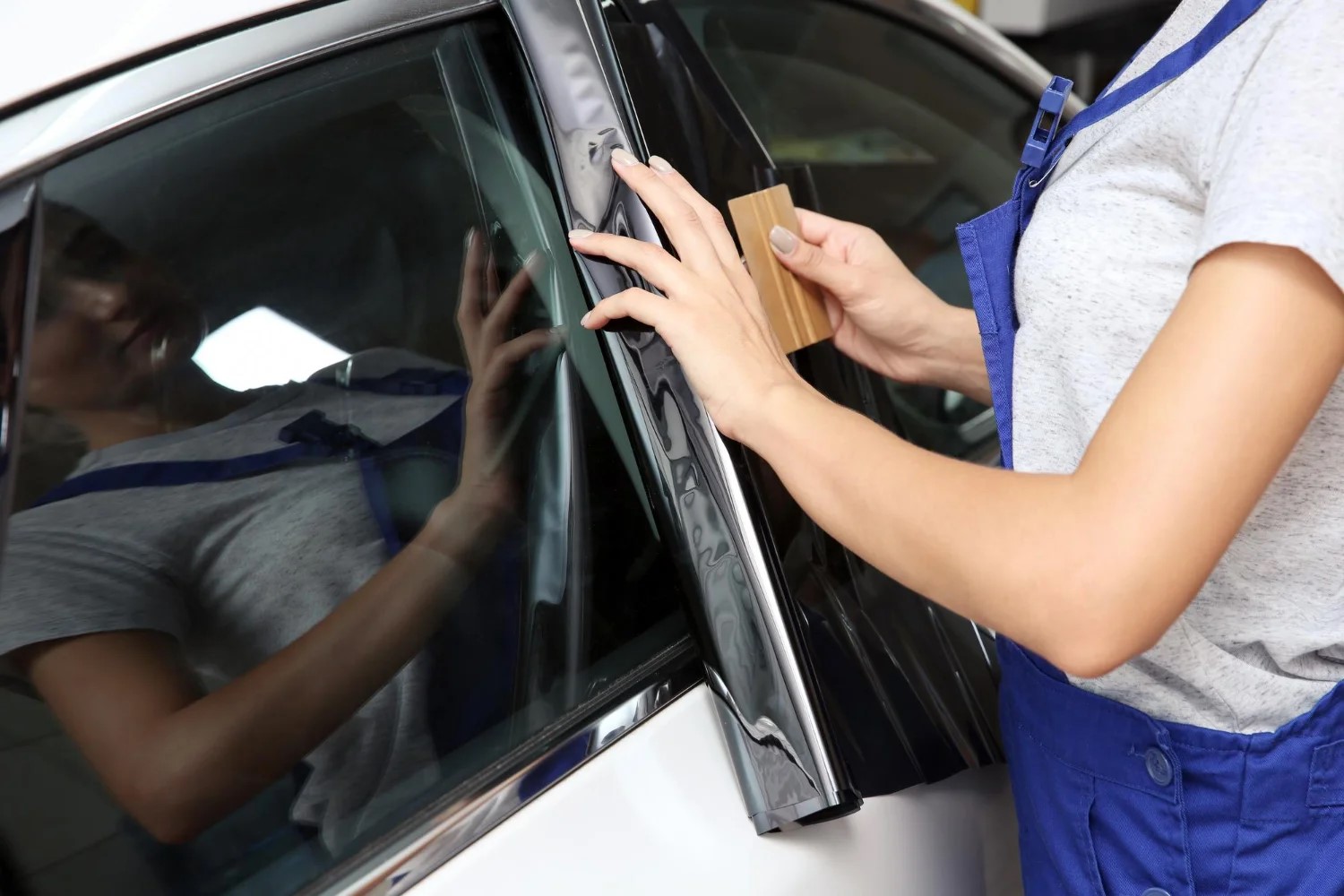
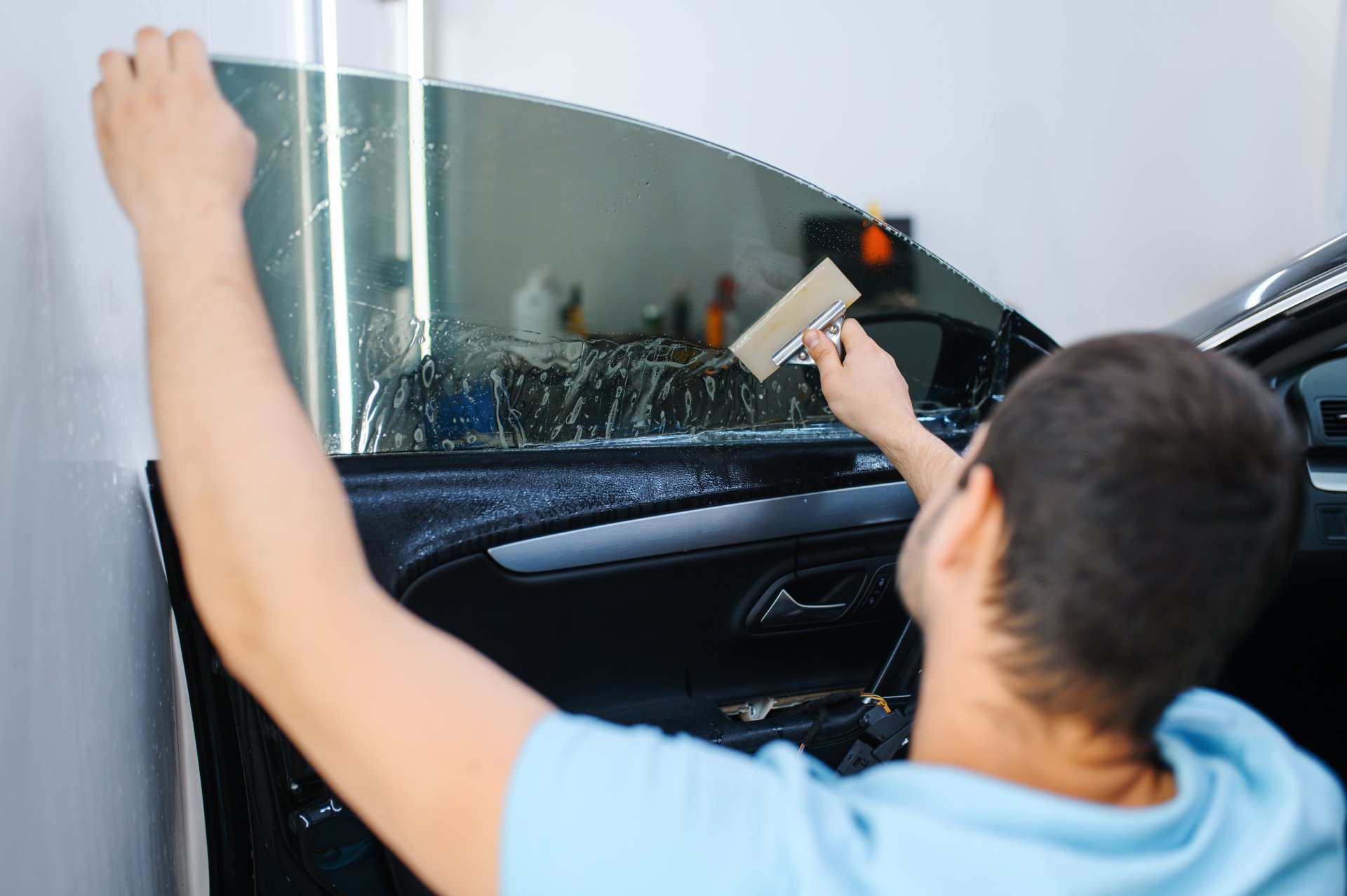
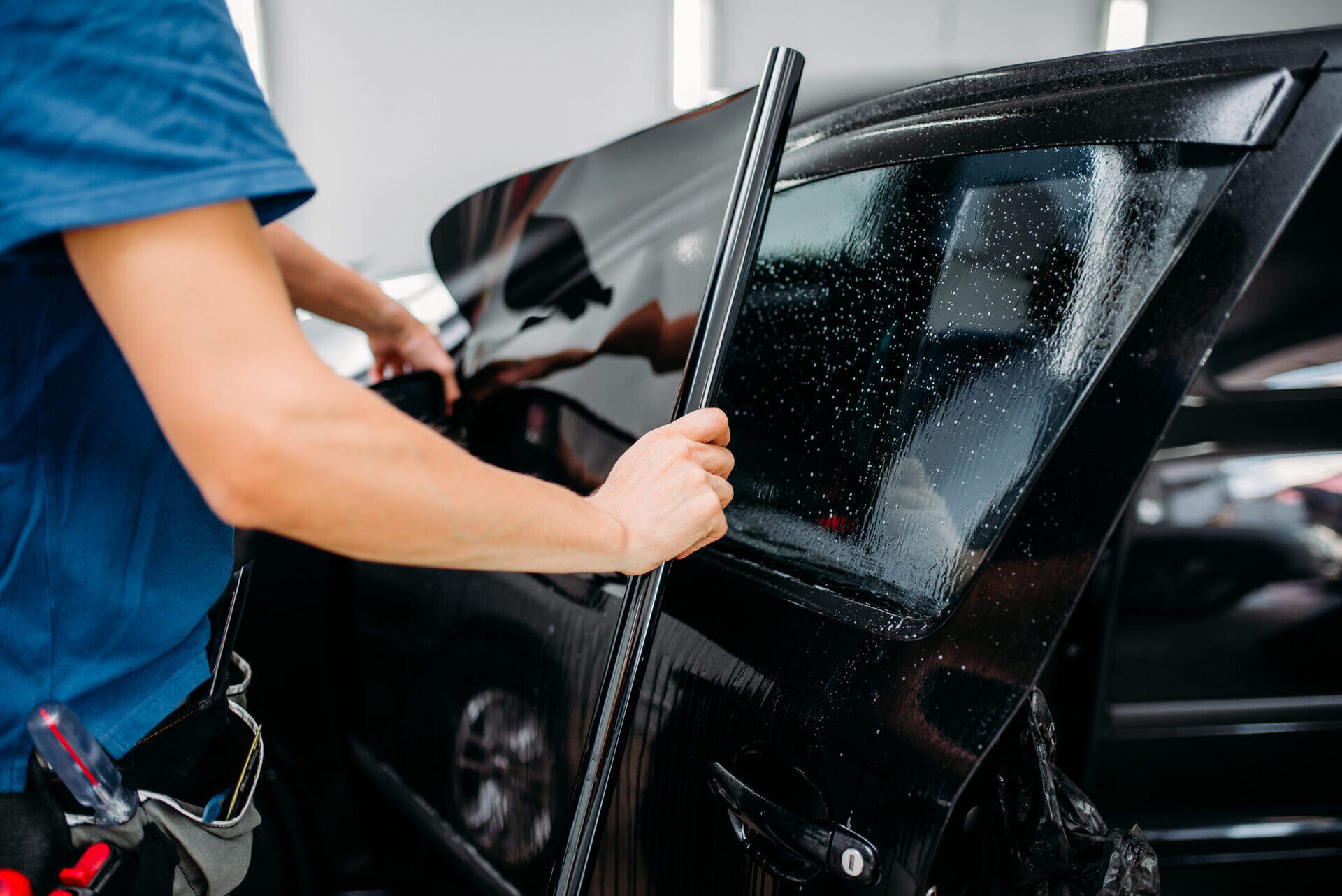
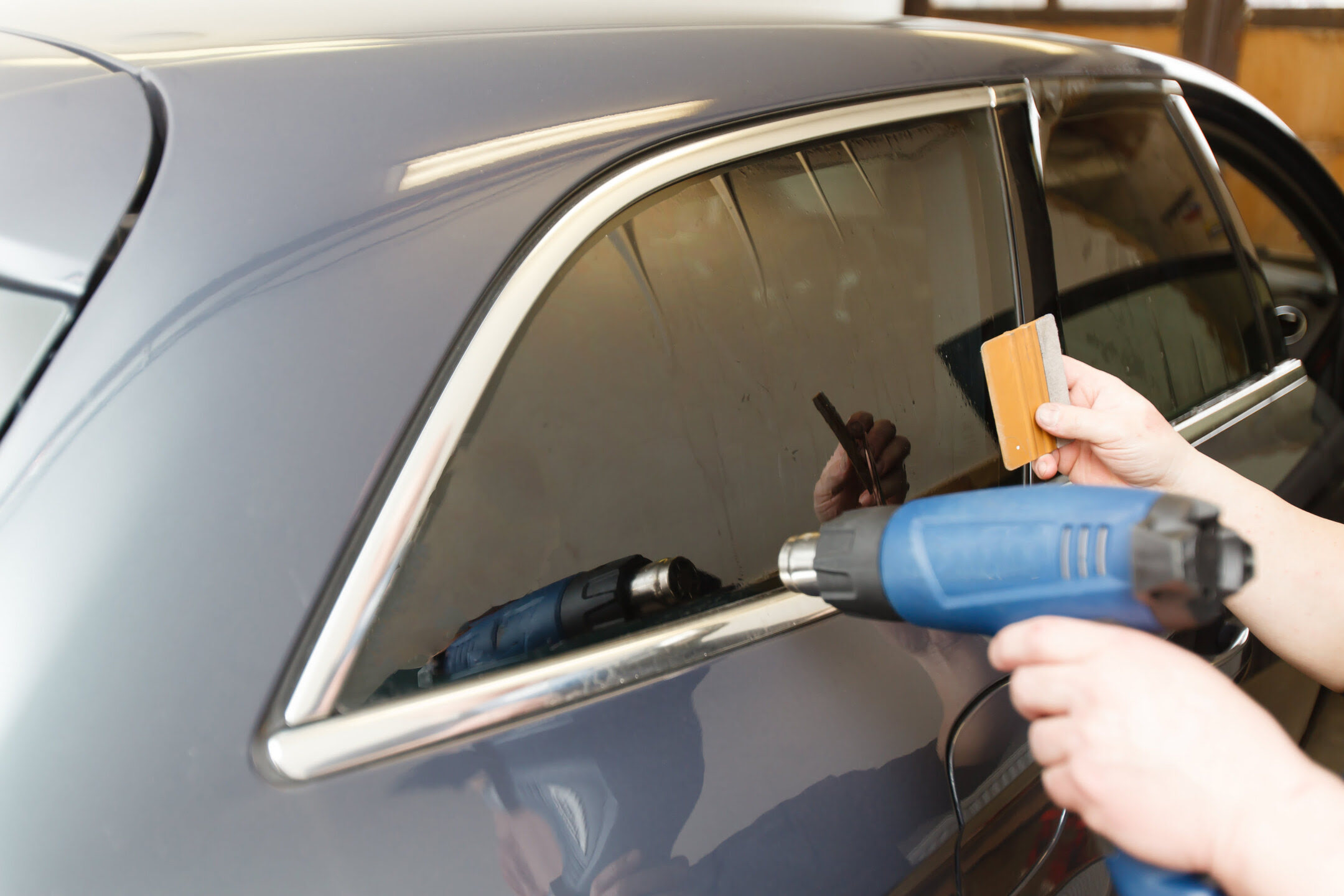
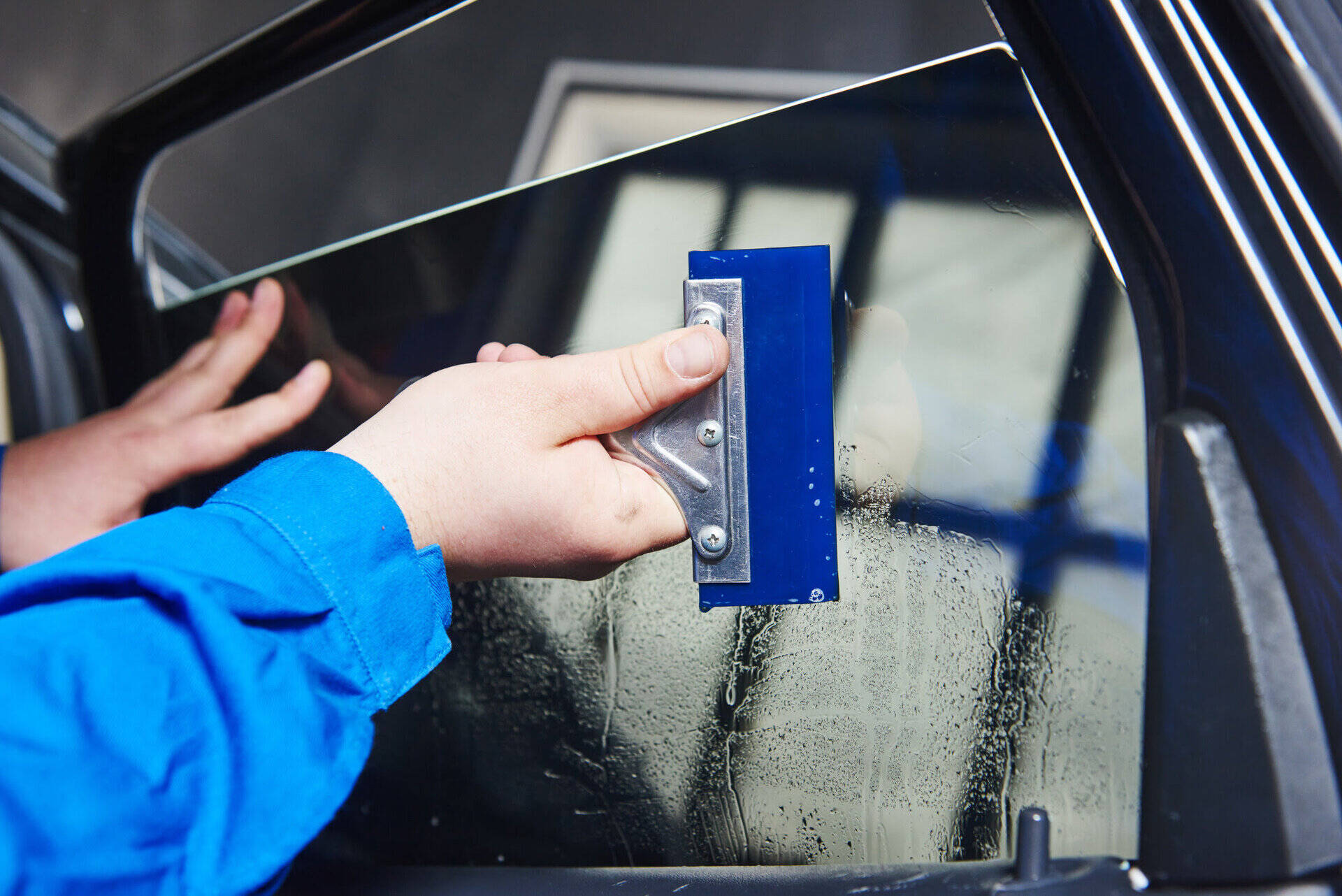
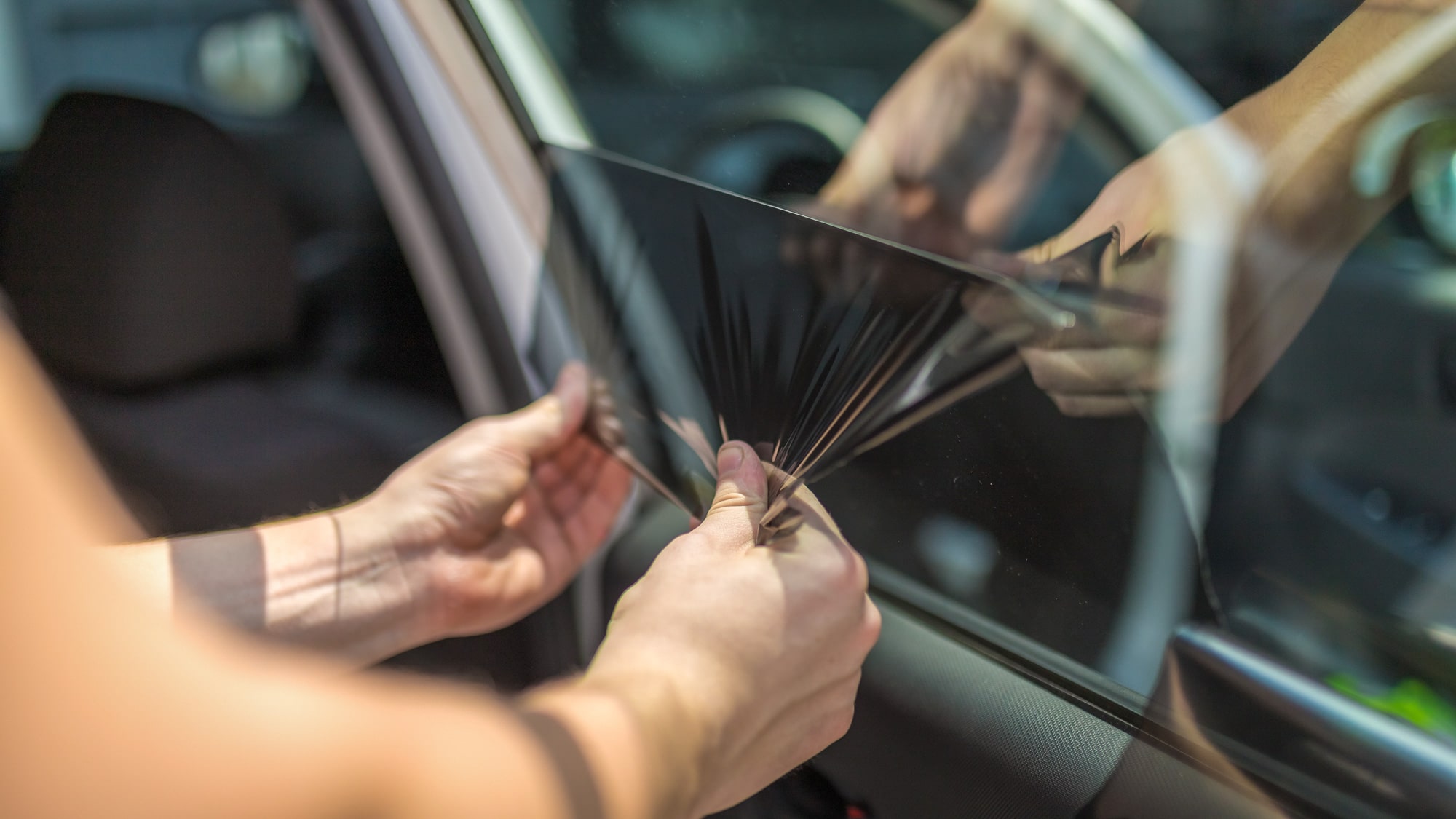
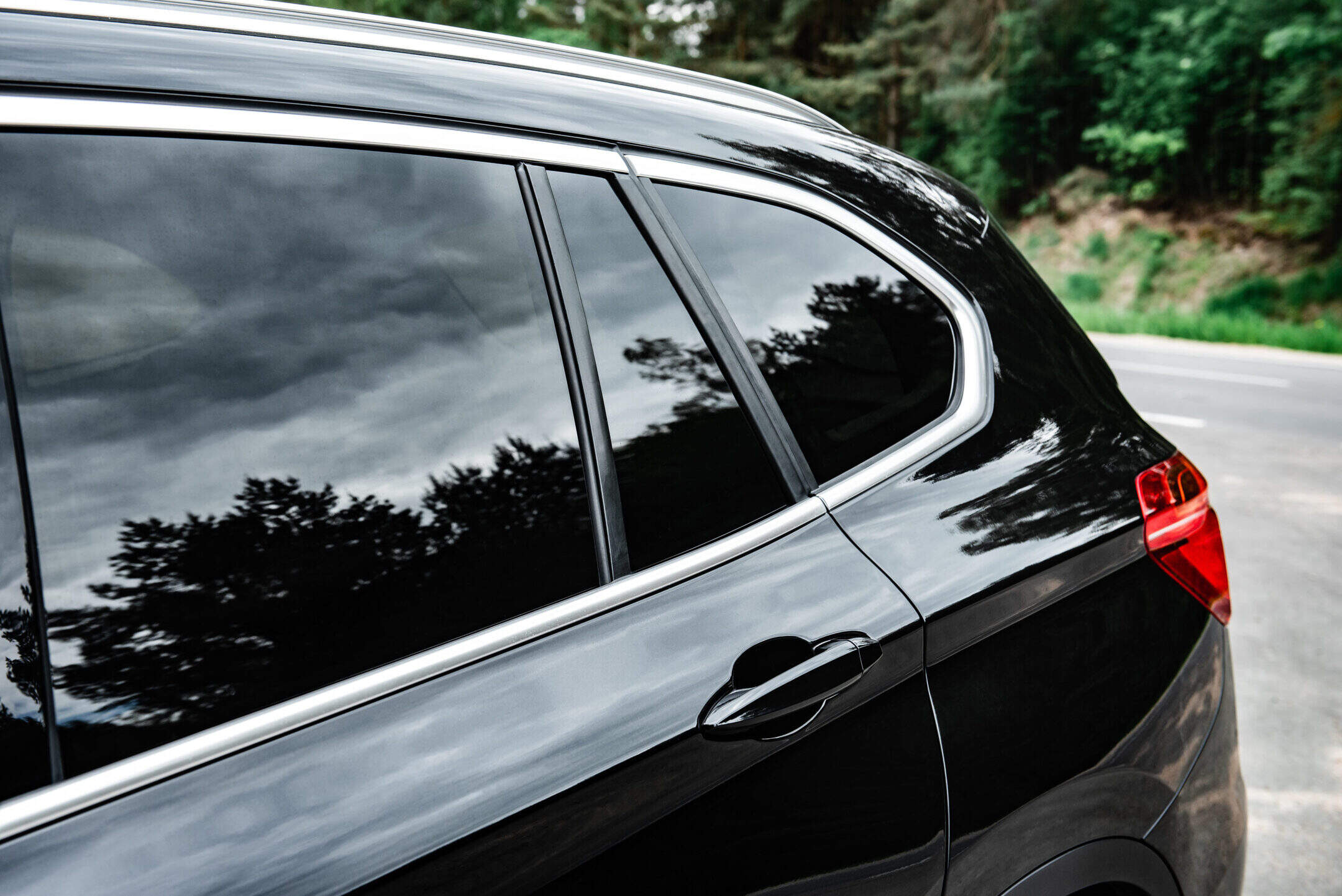
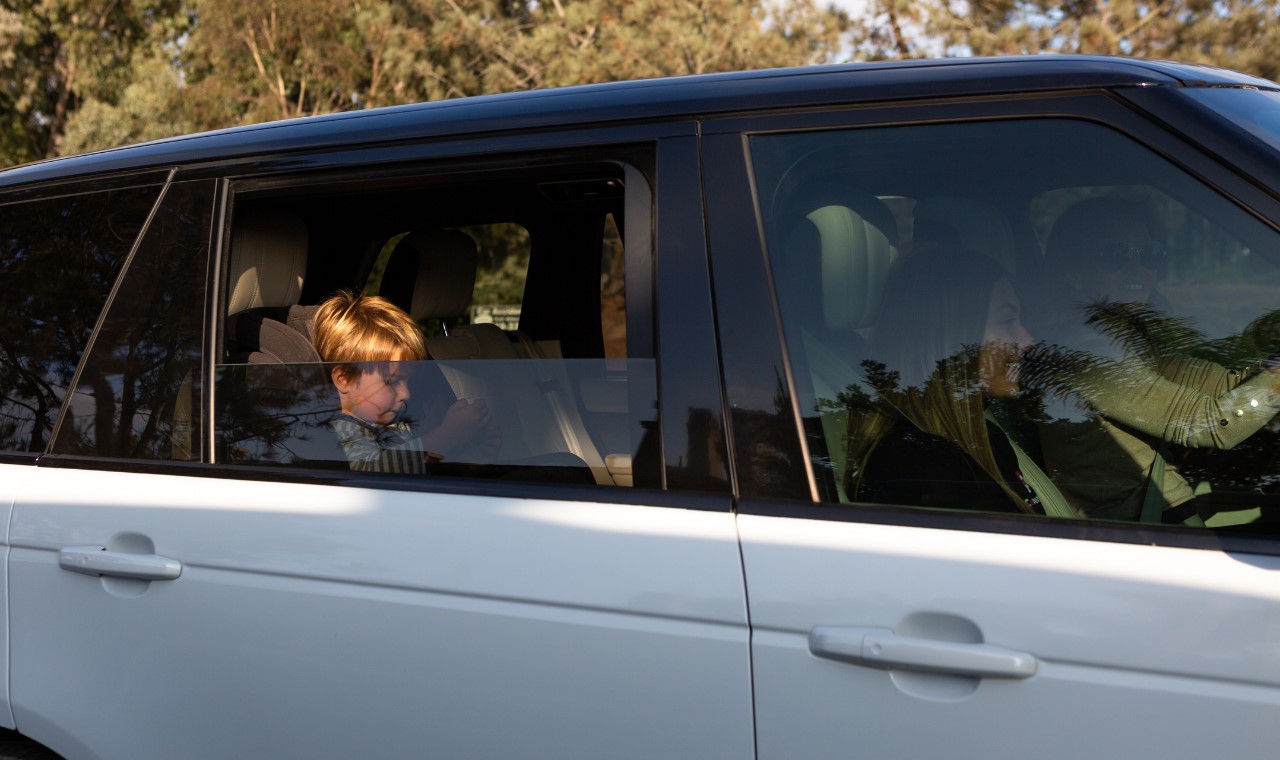
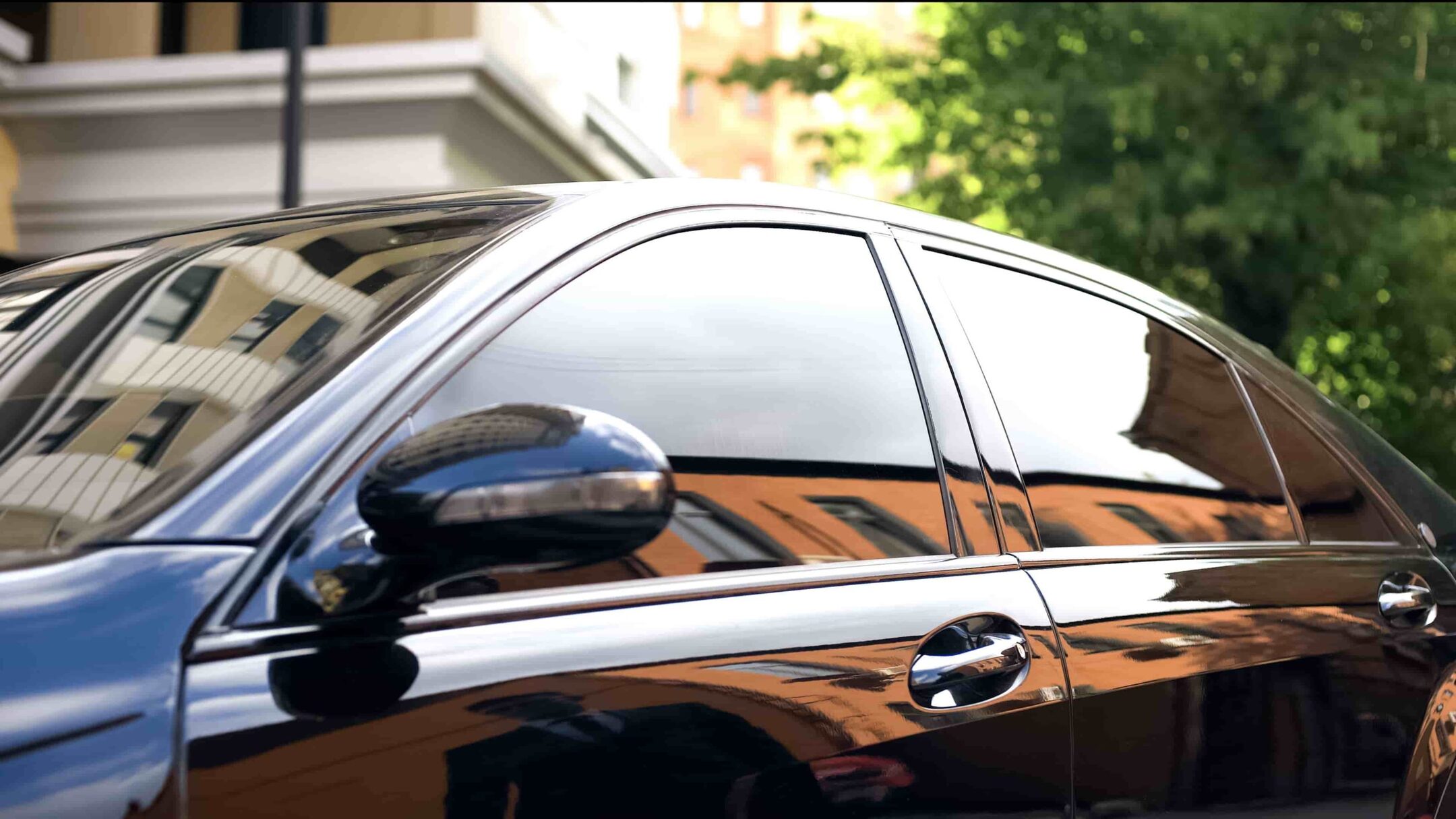
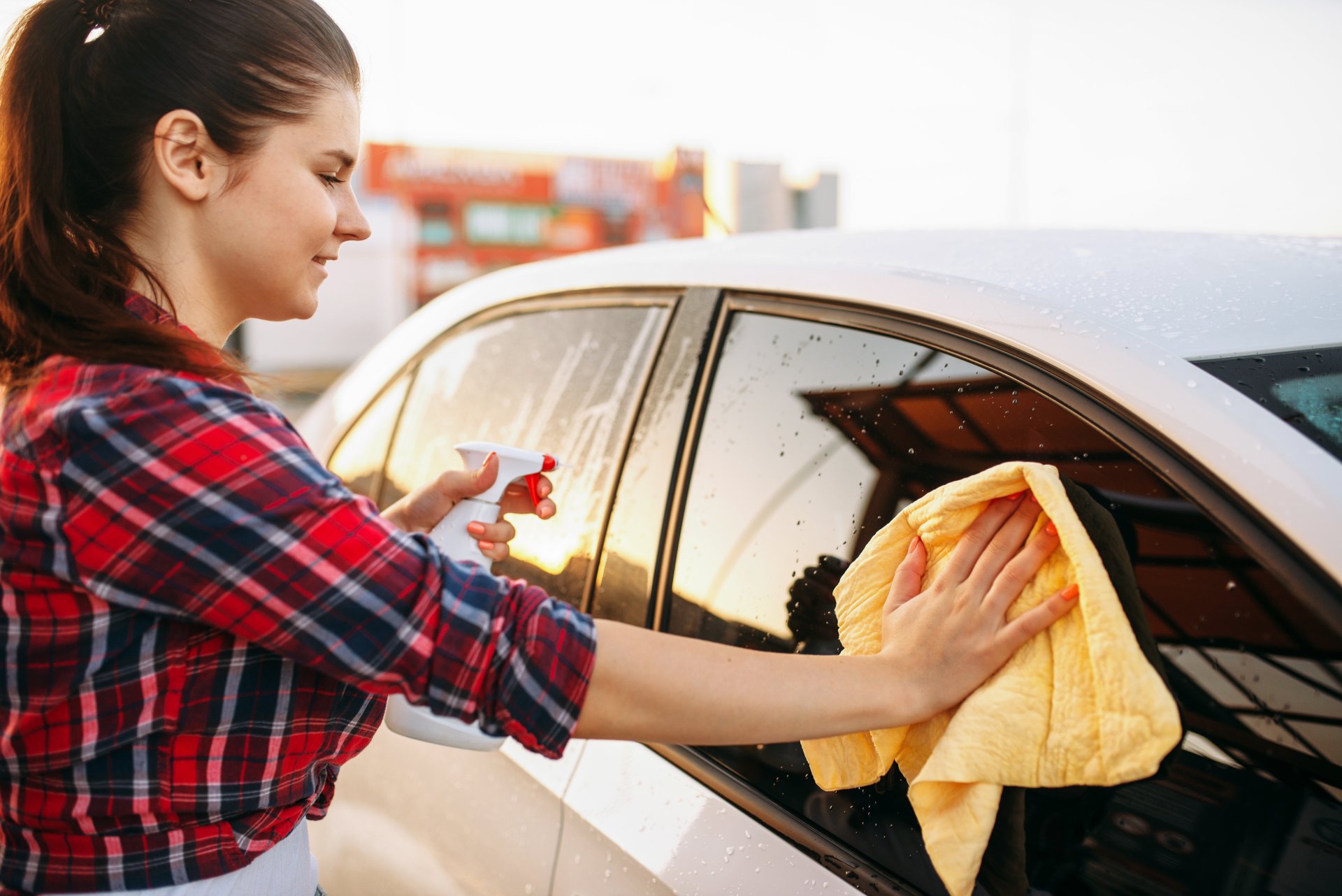
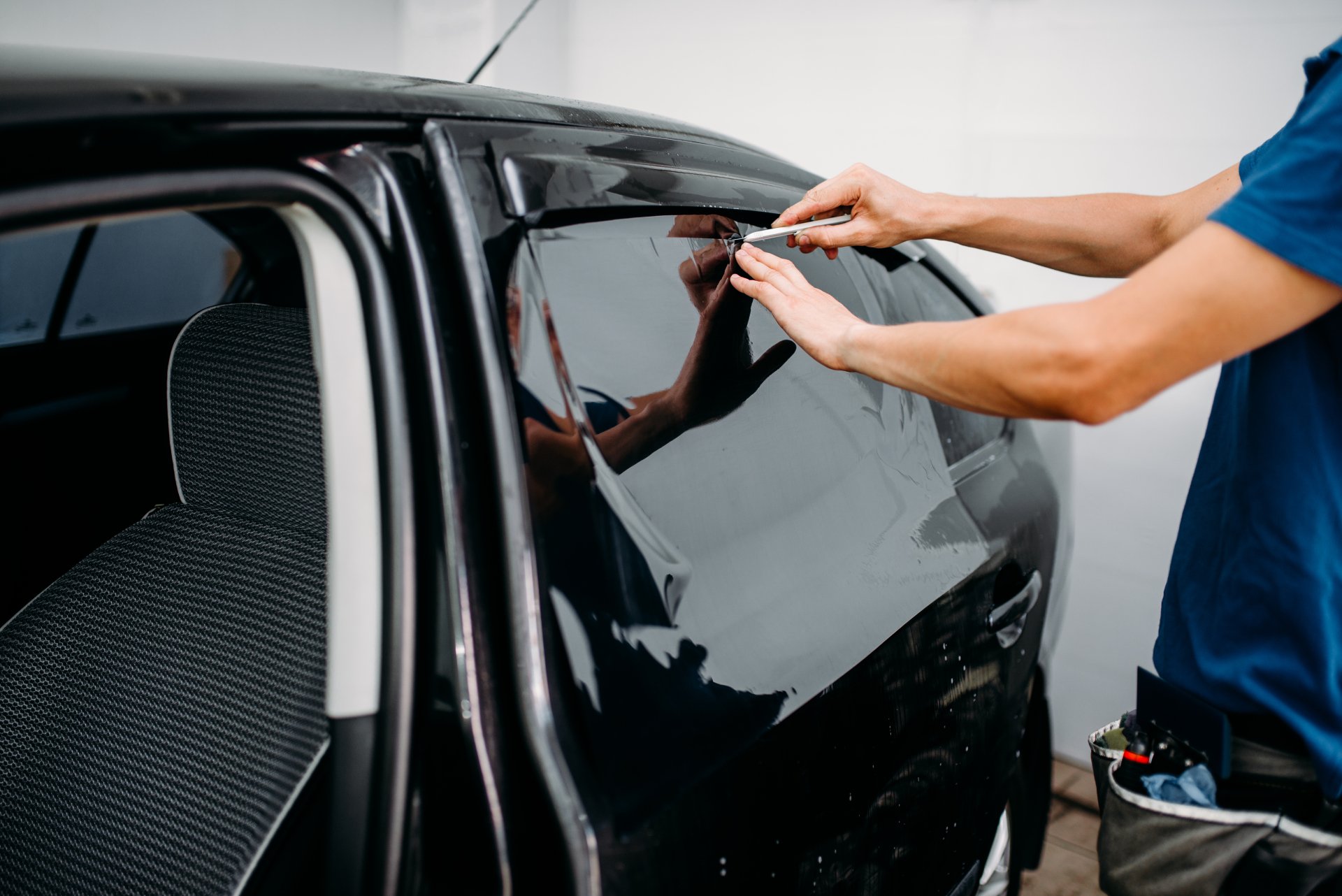
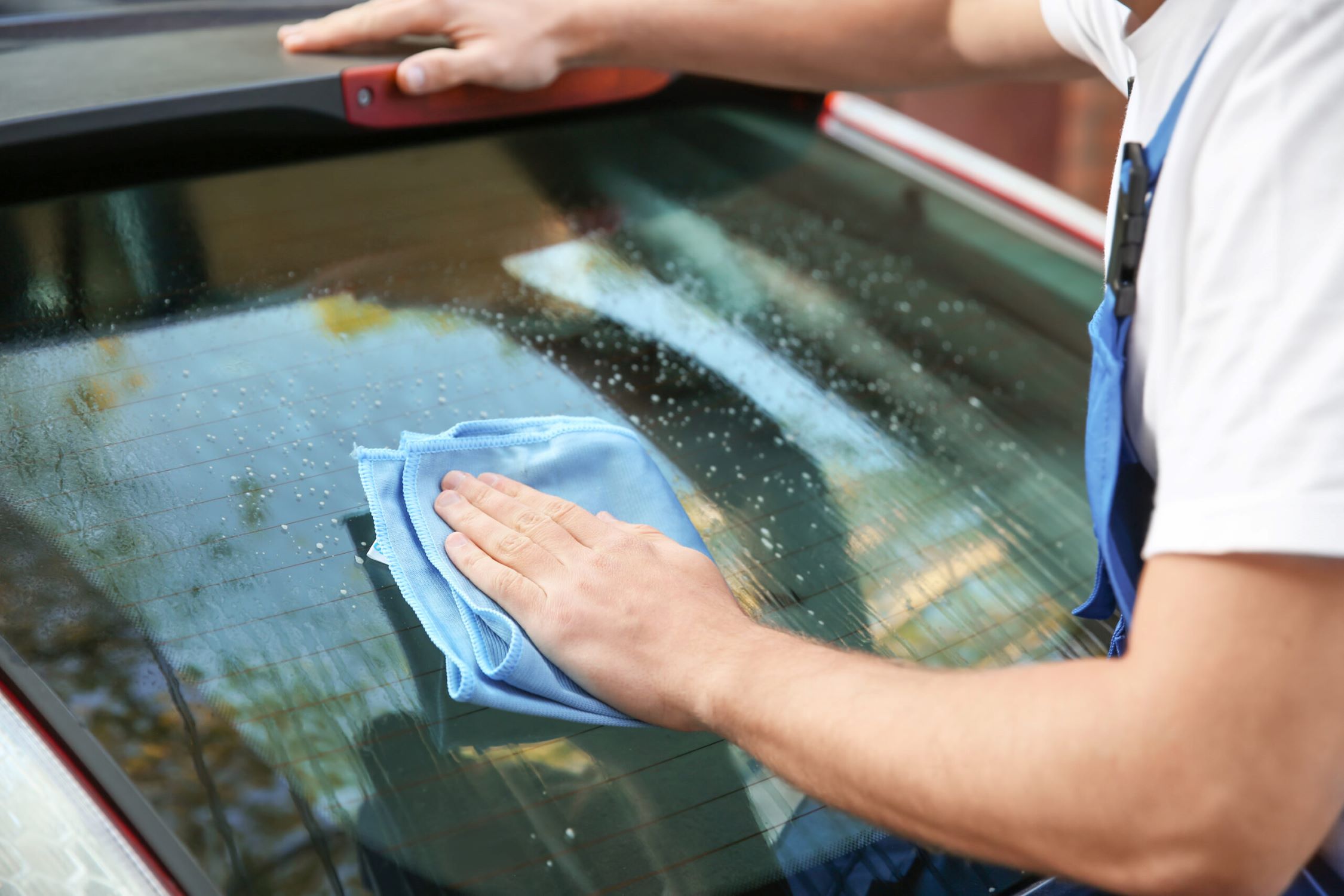
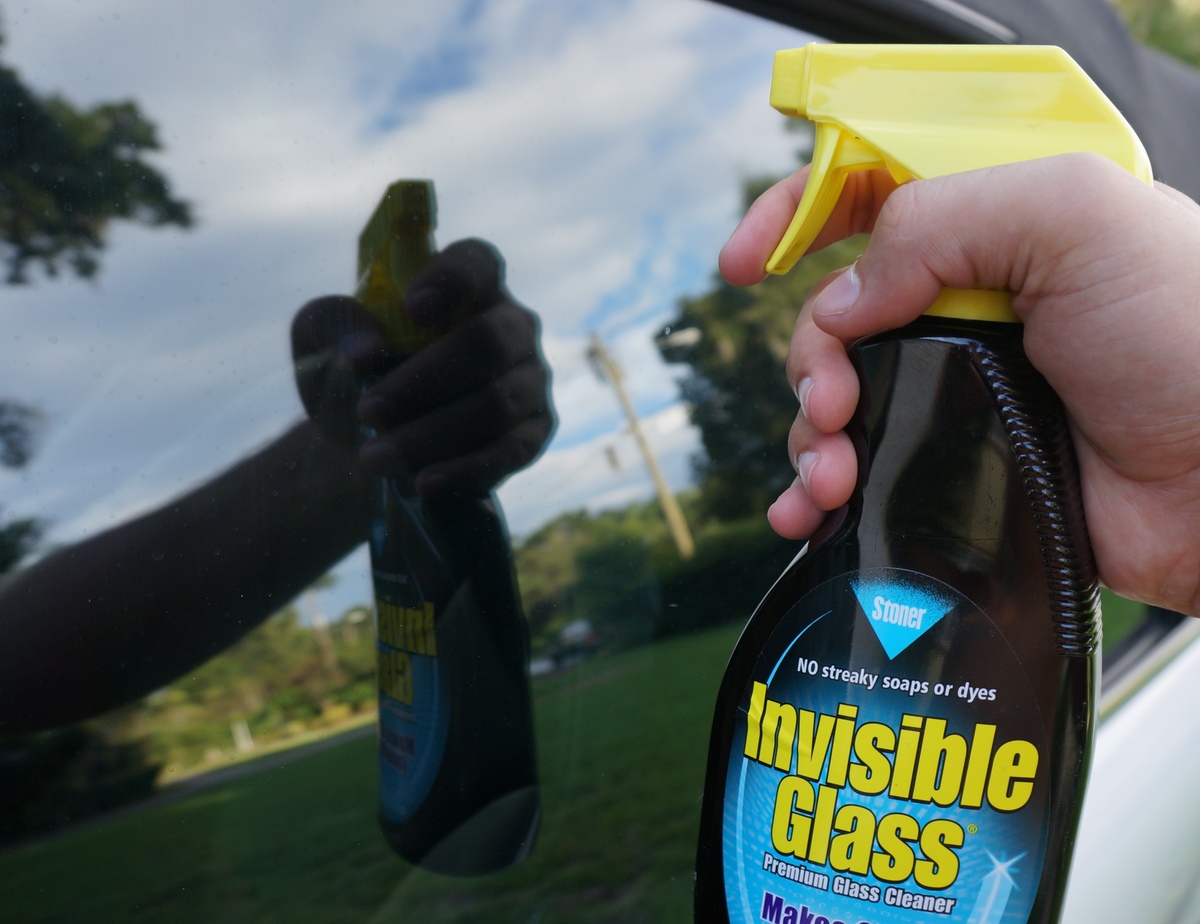
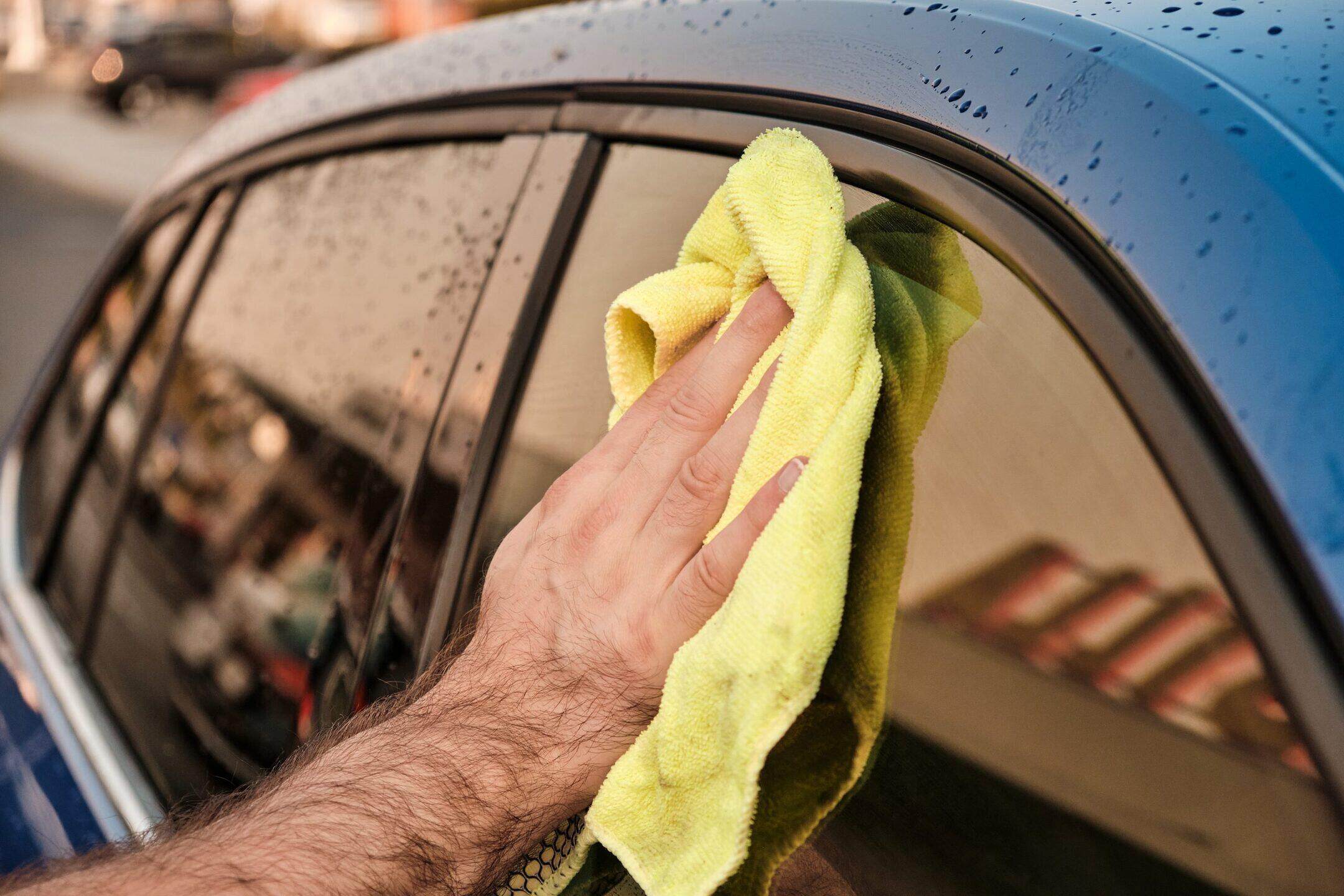

0 thoughts on “What To Do After Tinting Car Windows”